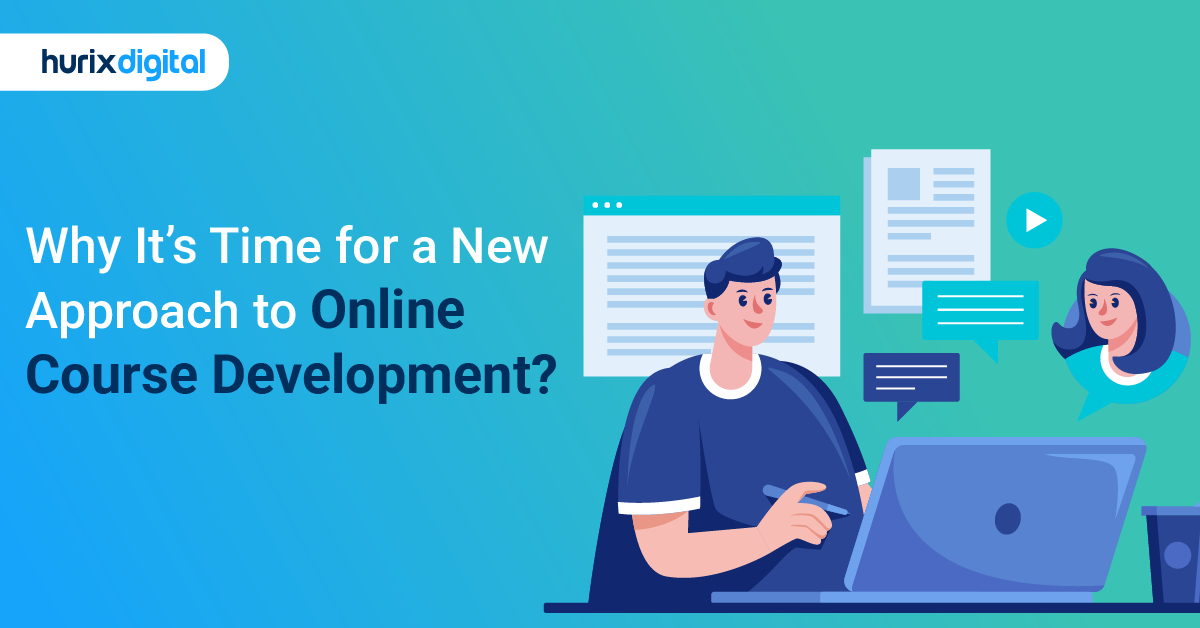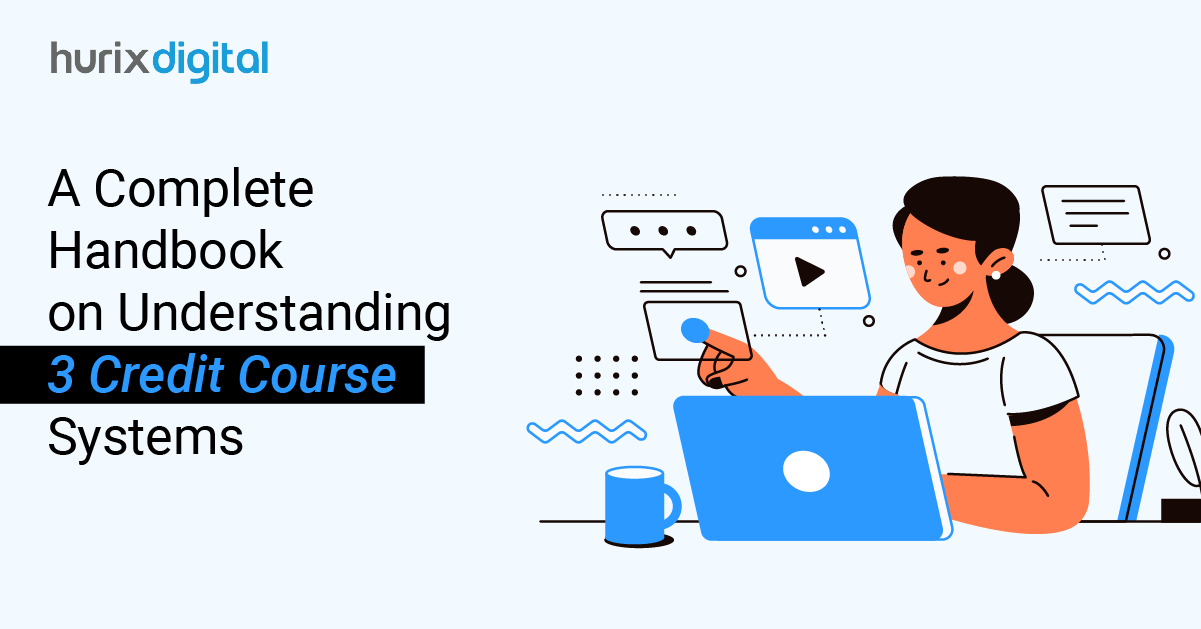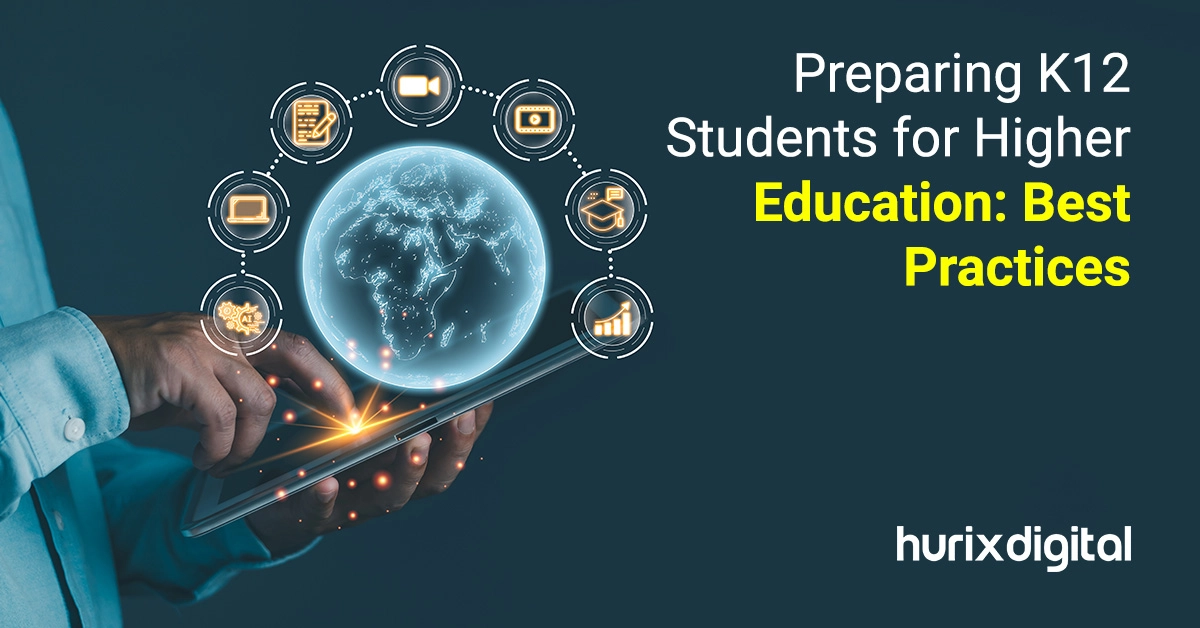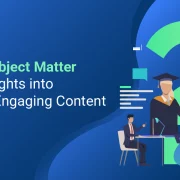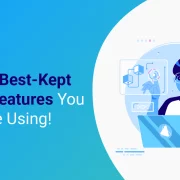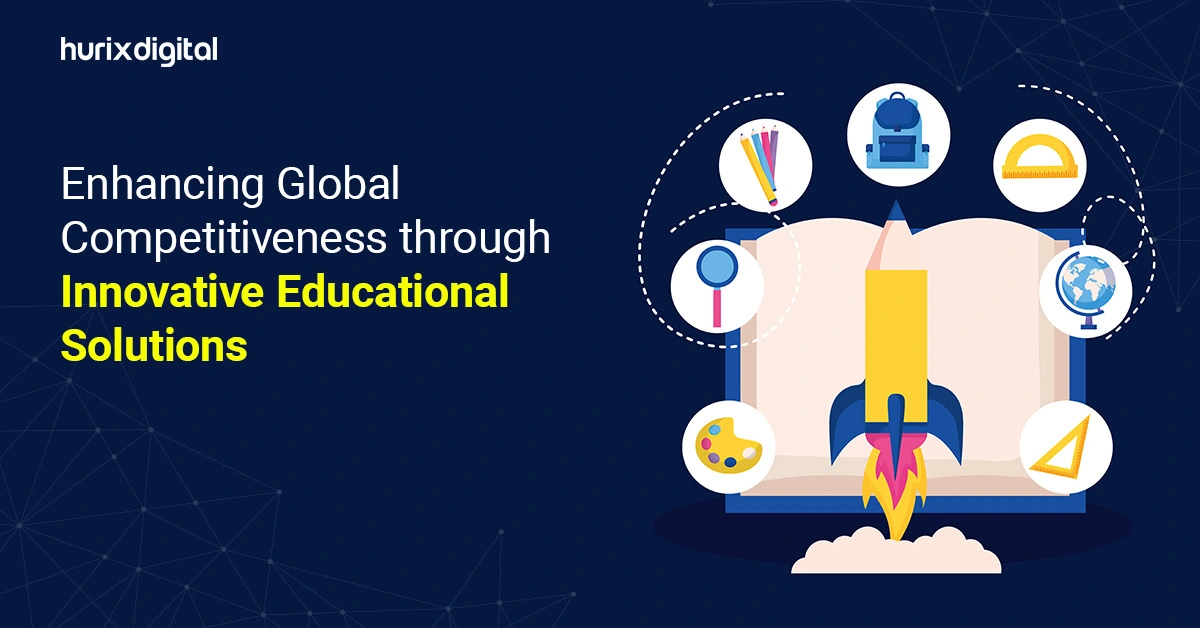
Enhancing Global Competitiveness through Innovative Educational Solutions
Summary
This blog explores global education trends like personalized learning, flipped classrooms, mobile learning, and AI, enhancing learning outcomes, student engagement, and competitiveness.
All education systems are under pressure to change in a time marked by rapid technological development and global connectivity. The need to improve world competitiveness through innovative educational solutions is more urgent than ever.
In this article, we will discuss the current scene of education innovation and explore how innovative teaching methods and education technology solutions can increase world competitiveness.
Table of Contents:
- The Need for Innovative Education
- Key Trends in Global Education
- Statistical Insights and Trends
- Innovative Teaching Methods and Practices
- Leveraging Education Technology Solutions
- Improving Global Education Standards
- Case Studies and Examples
- Conclusion
The Need for Innovative Education
Global education systems are trying to match the needs of the twenty-first century. Innovative learning solutions using technology and other approaches are progressively augmenting or substituting for conventional teaching strategies.
The goal is to equip students with the tools and knowledge to flourish in a sophisticated and ever-changing worldwide economy.
Also Read: The Promise and Perils of AI in Education – Navigating the Opportunities and Challenges
Key Trends in Global Education
Several trends are shaping the future of education, each contributing to improving global education standards:
1. EdTech Integration
The COVID-19 epidemic has fast-tracked the adoption of technology in education. According to McKinsey & Company, with major investments in EdTech start-ups and rising acceptance of hybrid and online learning models, digital learning tools have become more common.
According to the poll, 60% of learners think digital technologies have improved their grades and learning quality.
2. Personalized Learning
Personalized learning paths are becoming popular and are supported by artificial intelligence and machine learning. These technologies improve involvement and results by helping to customize learning environments to fit particular student requirements.
Adopting adaptive learning technologies will enable tailored instruction and feedback, enhancing student performance.
3. Career-Focused Education
Institutions match their offerings with industry demands to ensure that students are job-ready. According to McKinsey & Company, individuals seeking further education are motivated by employment disappointments.
Organizations like Wake Forest University have redesigned their career offerings to offer personalized paths and digital portfolios highlighting student skills.
4. Global Collaborations
Cross-border alliances and cooperation are growing to help share resources, knowledge, and best practices. This trend is particularly evident in higher education, where colleges are forming collaborations to provide combined projects and research activities.
Statistical Insights and Trends
To understand the impact of Innovative Educational Solutions, let’s delve into some key statistics:
- Technology Adoption: A McKinsey & Company study indicates that, much above the global average of 37%, almost 71% of US students bring computers into the classroom. This suggests that in the US, at least, digital learning tools have better adoption and possibly more efficacy than in other areas.
- EdTech Funding: The EdTech sector has experienced a notable increase in investments. With venture capital funding in EdTech reaching $3.8 billion in India in 2021, McKinsey & Company notes the worldwide move toward digital education platforms.
- Hybrid Learning Models: According to a McKinsey poll, 81% of faculty members think hybrid learning models—which mix online and in-person instruction—are here to stay. The need for resilience and adaptability in education delivery drives this change.
Innovative Teaching Methods and Practices
Encouragement of critical thinking, creativity, and problem-solving ability among students depends on using innovative teaching methods. These are some successful tactics:
1. Flipped Classrooms
This approach flips conventional instruction by distributing instructional materials online outside of the classroom, bringing assignments into the classroom, and incorporating various activities. This method makes more engaging, hands-on learning opportunities possible.
2. Project-Based Learning (PBL)
Project-based learning, or PBL, has students working on real-world projects that require them to apply their skills and knowledge to difficult challenges. This method enhances teamwork and critical thinking.
3. Gamification
Gamification—including gaming components in instructional activities—may raise student enthusiasm and involvement. Gamified learning can also raise student knowledge retention and participation.
4. Collaborative Learning
Encouraging students to collaborate on projects and homework fosters collaboration and communication skills in cooperative learning. This method is facilitated by cooperative platforms and tools, which help students interact and work together more readily.
Leveraging Education Technology Solutions
Transforming teaching and learning processes depends heavily on educational technology solutions. Significant technologies include:
1. Artificial Intelligence (AI)
Tools driven by artificial intelligence (AI) analyze student data and modify content to fit individual needs, offering customized learning opportunities. AI also automates administrative tasks and analyzes student performance.
2. Virtual and Augmented Reality (VR/AR)
VR and AR establish immersive learning environments that improve knowledge and involvement. VR, for example, can allow students to investigate and interact with information by simulating historical events or intricate scientific processes.
3. Learning Management Systems (LMS)
Learning Management Systems (LMS) help teachers and students communicate, measure student development, and simplify course administration. Advanced LMS systems include analytics and reporting tools that enable teachers to make data-driven judgments.
4. Mobile Learning
Mobile devices help make education more easily available by allowing learning anytime, anywhere. Particularly helpful for remote or underdeveloped areas, mobile learning apps and platforms offer engaging and flexible learning experiences.
Improving Global Education Standards
Improving global competitiveness through improving global education standards necessitates an all-encompassing strategy that addresses various issues:
- Access to Quality Education: Ensuring fair access to quality education is paramount. Open educational materials, free online courses, and community-based learning centers help close the knowledge disparity.
- Teacher Training and Support: Teachers must constantly grow professionally to properly combine new technologies and instructional approaches. Support networks and training courses enable teachers to be creative and better practitioners of their craft.
- Policy and Governance: Governments and educational institutions must work together to create policies encouraging innovation in education. This includes funding for research and development, incentives for technology acceptance, and systems for assessing learning outcomes.
- Student-Centered Approaches: Education systems should prioritize students’ wants and preferences. Curriculum design, including student comments, flexible learning choices, and a supportive learning environment, critically affects student performance.
Case Studies and Examples
Here are a few instances to show the influence of innovative teaching strategies:
- Finland’s Education System: Finland’s school system is known for being creative, emphasizing students’ health and creativity, and working together as a team. The national strategy asks for flexible courses and a few standardized tests, and teachers have a lot of freedom. When Finnish students take tests outside of Finland, they always do very well.
- Singapore’s Smart Nation Initiative: As part of Singapore’s Smart Nation program, technology is now used in the country’s schools. Students have access to various digital tools, and schools use AI to make learning more appropriate for each student. The program’s goal is to prepare learners to be proficient with technology.
- Khan Academy: Students worldwide can get free online lessons and other tools from Khan Academy. AI and data analytics on the site enable personalized learning options, providing education to millions of students. Khan Academy’s huge popularity shows how well digital tools can make information available to everyone.
Also Read: Unlock the True Potential of AI Data Analytics in Higher Education
Conclusion
Embracing innovative educational solutions and prioritizing student-centered methods will help education systems equip their students with the tools and knowledge required to flourish in a fast-changing environment.
A competitive advantage in education depends on integrating education technology solutions, accepting innovative education practices, and ensuring that world education standards continue to improve.
Educational institutions can help build a better future for kids worldwide by staying informed about global education trends and always changing to meet new challenges. Investing in education innovation is not only a means of competitiveness; it’s also a dedication to enabling the following generation of students to realize their full potential.
The various strong learning tools provided by Hurix Digital help make the learning environment more engaging and productive for learners.
Contact us today to learn more about how you can enhance your global competitiveness through innovative educational solutions.

Senior Vice President
A Business Development professional with >20 years of experience with strong capability to sell new solutions and develop new markets from scratch. New Market Entry Specialist with experience of working in two of the largest emerging markets – China & India. Also covered other key markets in APAC, US, EU & ME. Exceptional experience of conceptualizing, ideating and selling new learning technologies like VR AR, etc. across multiple industry verticals.

